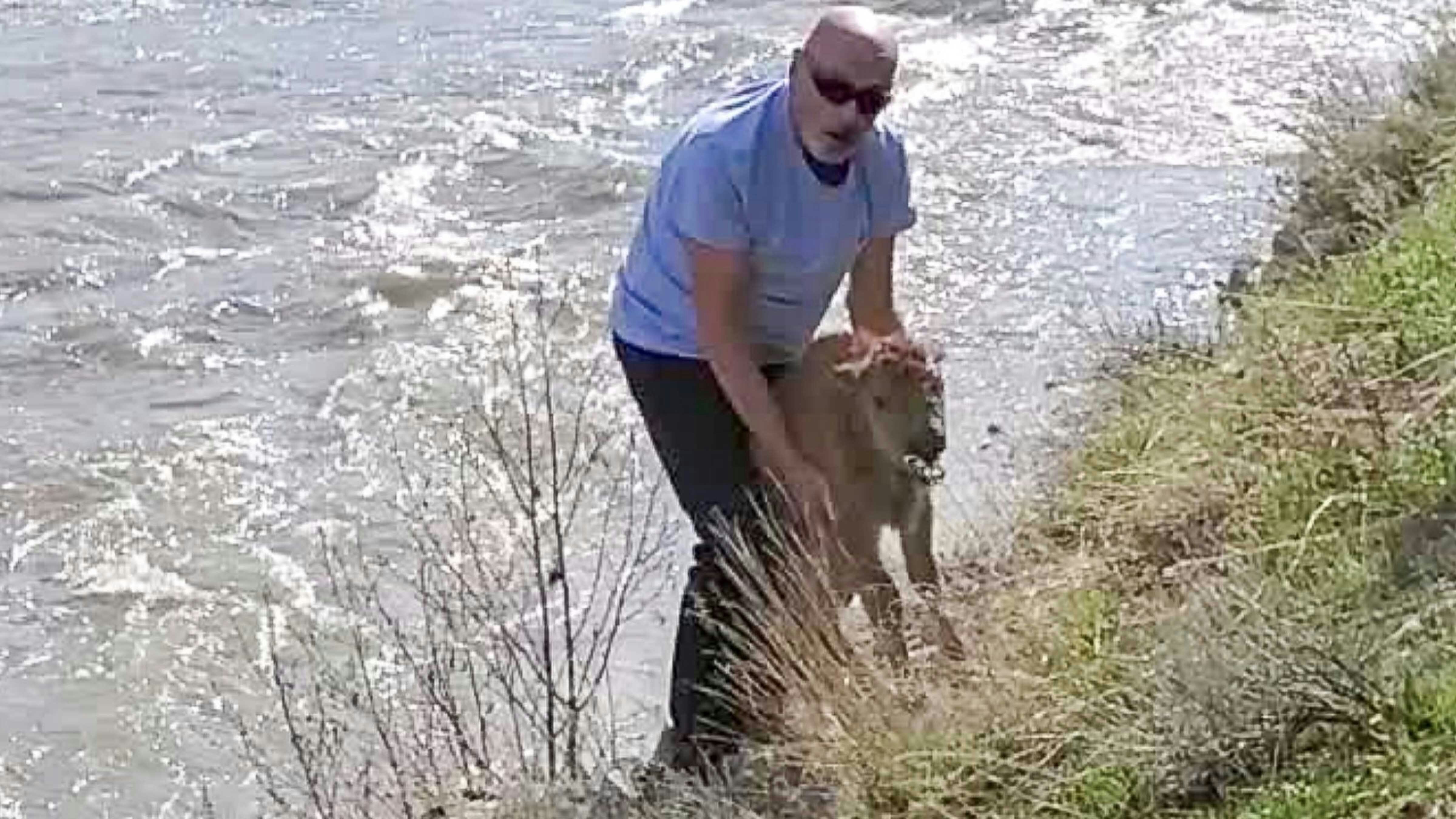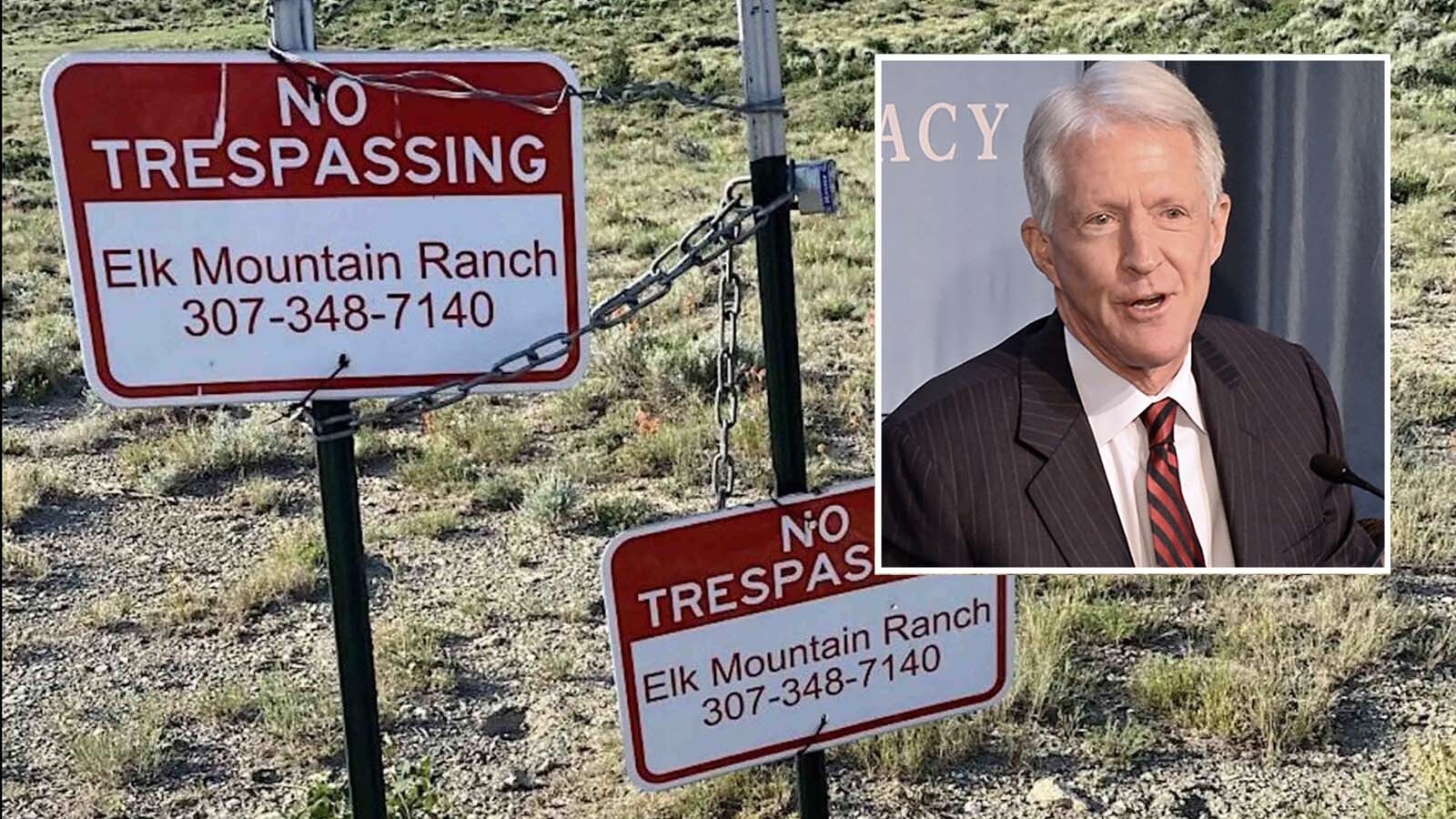A well-intentioned tourist in Yellowstone National Park intervened last weekend when he saw a bison calf struggling to cross a river.
His efforts not only interfered with the natural order of things wild, but ultimately resulted in the death of the calf.
Now authorities are looking for the man responsible.
The incident is one of many chronicled recently in Yellowstone involving park visitors attempting to interact with wildlife in unsafe ways. Approaching too close for selfies or attempting to “rescue” newborns is dangerous, illegal and sometimes fatal.
Petting or posing for up-close photos with wildlife is one thing. That type of reckless ignorance elicits online vitriol that borders on death threats. But standing by and doing nothing when an animal is suffering or about to die is beyond what most people can handle.
Baby Bison Rescue Gone Bad
On Saturday, onlookers were horrified when a tourist pulled a bison calf from the Lamar River after perceiving it was struggling to swim to the other side where its mother was waiting and calling for it.
Witnesses say the would-be do-gooder dragged the “red dog” (as baby bison are often called) to the bank and proceeded to pet the shivering calf, as did other onlookers.
The herd of bison awaited on the other side of the swollen river. Both the calf, estimated to be a few days old, and the mother were observed calling to one another.
Carrie Paulson later recounted the incident, calling it an extremely sad situation.
“The calf was shivering and noticeably stressed,” she said.
The Lamar River, along with nearby Soda Butte Creek, is running fast this time of year after a winter of heavy snow. Newborn calves can sometimes struggle fording swollen waterways in an attempt to keep up with the herd. They are almost always eventually successful.
Even if they are not, it’s nature.

Keep Yellowstone Wild
“Every year, hundreds of animals are injured or separated from their mothers or groups for various reasons,” according to the park. “A few of these events have gone viral on social media and elicited worldwide requests for the park to intervene. To save these animals, rehabilitate them, and return them to the wild.”
To simply stand by and watch or to observe without interference is hard for most people. That objective observation practiced by National Geographic photographers, for instance, is sometimes intolerably difficult to maintain, especially when human nature takes over and instincts are followed.
In Yellowstone, it is precisely the definition of the difference between a natural habitat and a zoo.
“In the wildness of Yellowstone, animals that are vulnerable or make bad decisions become food for others. It can be difficult to watch nature take its course, especially when young animals are involved, and human actions may have influenced the outcome,” Yellowstone officials say in a statement. “However, each year animals have more offspring than can possibly survive.
“The death of some animals is a necessary part of sustaining our populations of predators, scavengers, decomposers and, eventually, herbivores once the nutrient cycle comes full circle.”
Sad Ending
Park rangers arrived quickly from nearby Lamar Valley ranger station. By the time they made it on scene, the calf was observed wandering from car to car as a large crowd began to gather alongside the road.
For more than an hour, rangers debated the best course of action. It didn’t appear the mother was willing to swim back across the river to help its offspring, likely intimidated by the growing human presence on the other side. The calf showed no interest in getting back in the river.
The day was getting late. Park authorities closed that section of the road, briefly.
A single gunshot was heard.
When visitors returned to the area, the calf was gone.
Some speculate humans handling a newborn might cause a mother to then reject it. Cowboy State Daily reached out to several wildlife biologists who refuted that notion.
In this instance, there appeared little hope the calf and cow would be reunited. The newborn was destined to be struck by a vehicle or predated upon before the morning.
Rangers eventually and reluctantly made the call.
Other Human Interventions
The incident is reminiscent of many other human-wildlife encounters in Yellowstone. None more headshaking than the calf-knapping episode of 2016 when Shamash Kassam and his son, Shakeel, placed a newborn bison calf in the back of their SUV and drove it straight to a ranger station expecting to be lauded as heroes.
That circumstance was eerily similar to Saturday’s. The Kasams are not your typical clueless tourons. They operate a farm in Africa and are familiar with orphaned wildlife. They told ABC in an exclusive interview after the incident they believed they were doing the right thing by saving the orphaned bison calf to potentially be placed somewhere.
“No way would it have survived,” Shamash told ABC. “It would 100% have been killed by a car or, worse, eaten alive.”
The Kassams were fined $230 and ordered to pay $500 restitution to the park.
In hindsight, Shamash said he would never interfere again with wildlife in Yellowstone knowing the park stresses the message: “Let nature take its course.”
Death A Necessary Part Of Nature
As Yellowstone ecologist Don Despain told Cowboy State Daily, “Yellowstone’s resource is wildness.”
Yellowstone preserves one of the largest, temperate-zone ecosystems on earth. About 99% of the park is managed as wilderness with the focus on sustaining viable populations of native wildlife species, rather than protecting individual animals.
“Animals roam freely on a landscape not dominated by humans. An animal’s survival depends on its own daily decisions and natural selection,” according to the park.
If You Know Anything
Yellowstone officials are now asking for help in identifying the individual ultimately responsible for the bison's death.
They describe him as a white male in his 40-50's wearing a blue shirt and black pants.
If you were in Lamar Valley on the evening of May 20, 2023, and have information that could help this investigation, please contact the Yellowstone National Park Tip Line at 307-344-2132 or YELL_Tip@nps.gov.
Jake Nichols can be reached at: Jake@CowboyStateDaily.com





